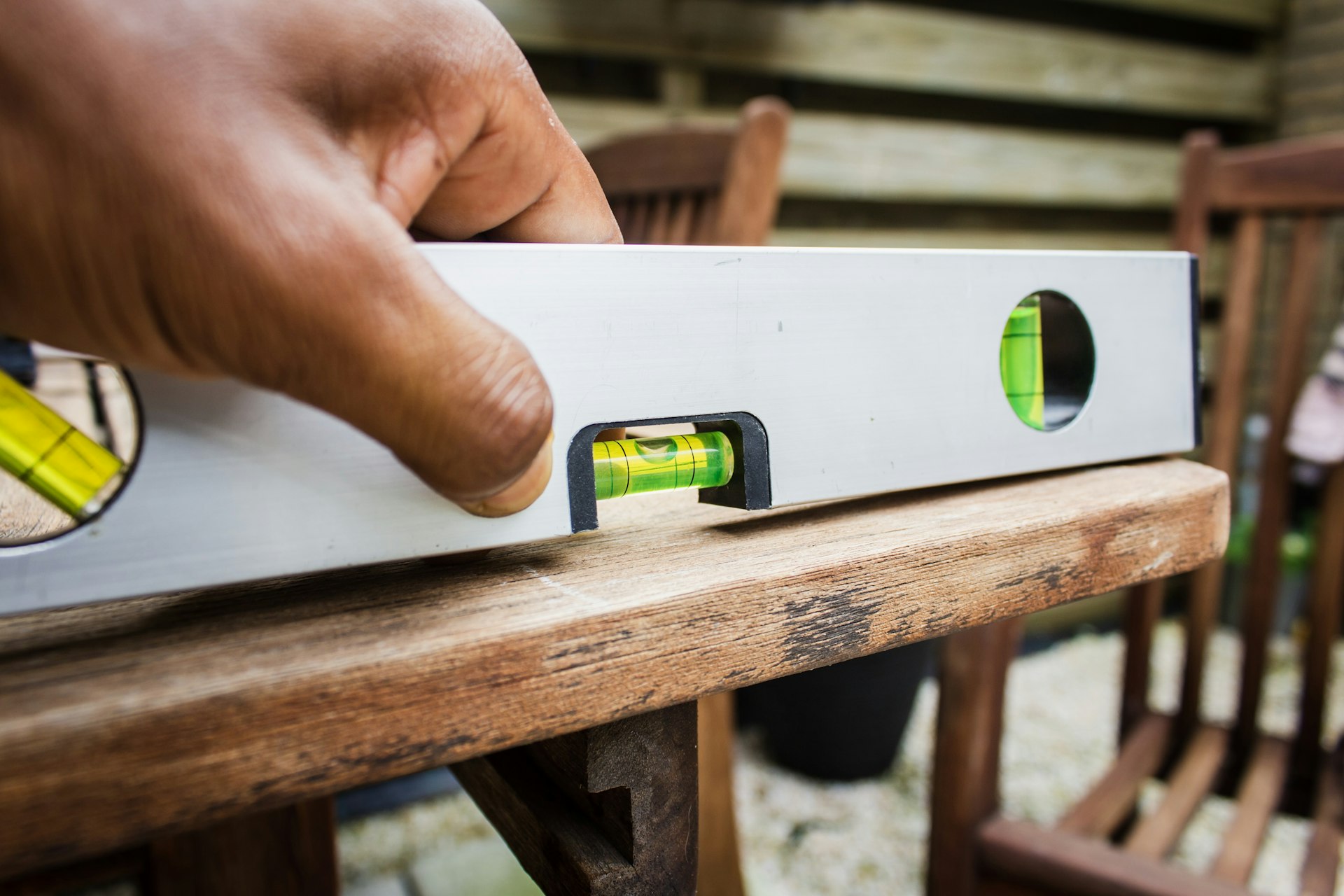How Cloud-Based Save Systems Enable Seamless Cross-Device Gaming Progress

Photo by Ibrahim Boran on Unsplash
Introduction to Cloud-Based Save Systems
Modern gaming is increasingly defined by flexibility and accessibility. One of the most significant advancements has been the introduction of
cloud-based save systems
, empowering players to maintain their game progress across multiple devices and platforms. This capability, often referred to as
cross-device gaming
or
cross-save
, means that your achievements, unlocked content, and ongoing progress are no longer tethered to a single console, PC, or mobile device. Instead, your saved games are stored securely in the cloud, ready to be accessed from anywhere you log in with your account.
How Cloud-Based Save Systems Work
Cloud-based save systems typically operate by uploading a player’s save data to a remote server, often managed by the game developer, publisher, or platform provider. When you play the game on another device, the system retrieves your most recent save from the cloud, ensuring continuity of progress. This process can be automatic or manual, depending on the system’s design.
For example, the popular title No Man’s Sky offers a cross-save system that lets players access their journey across PC, PlayStation, Xbox, Switch, and Mac. Players connect their platform accounts, and their most recent saves are automatically uploaded and made available for download on any connected platform. Up to five saves can be managed this way, with the system prompting users to resolve any conflicts between local and cloud saves. [1]
Key Benefits of Cross-Device Gaming
Adopting a cloud-based save system offers several tangible benefits for gamers:
- Device Flexibility: Start playing on one device and seamlessly continue on another without losing progress.
- Data Protection: Cloud storage safeguards against data loss from hardware failure or accidental deletion.
- Platform Interoperability: Some games allow progress to be shared across different storefronts or ecosystems, maximizing your investment in game content.
- Enhanced User Experience: Cross-progression can make gaming more social and convenient, encouraging players to stay engaged.
Real-World Examples of Cloud-Based Save Systems
Several major games and platforms now offer robust cloud-save and cross-progression features:

Photo by Kevin Bhagat on Unsplash
No Man’s Sky Cross-Save
No Man’s Sky enables cross-save by allowing you to link your platform accounts (PC, PlayStation, Xbox, Switch, Mac) through their official portal. After connecting, your game progress is uploaded automatically. You can upload up to five saves and decide which data to keep in case of conflicts. For step-by-step instructions, visit the
official Hello Games Cross-Save page
.
[1]
Vampire Survivors Cloud Save
Vampire Survivors offers a manual cloud-save system. Players create an account on the game’s platform, upload their progress to a cloud slot, and can later download it on another device. This system supports cross-platform saves on Nintendo Switch, Steam, Epic Game Store, Xbox, Android, and iOS (excluding Apple Arcade). Players must save and load manually; auto-syncing is not supported. To get started, register an account within the game, verify your email, and use the in-game data management tools to push and retrieve your saves. [3]
Open Source Alternatives: Open Cloud Saves
For games without built-in cloud support, open-source tools like OpenCloudSaves offer a customizable solution for syncing save files across Windows, MacOS, and Linux. This software lets users specify which files to include, set custom locations, and even synchronize saves between different storefronts (such as Steam and Epic Games). Since this tool is in beta and no longer actively maintained, users are advised to back up their data before use. The archived project and documentation remain available for those seeking a DIY approach. [2]
Other Notable Examples
Major franchises and platforms have adopted cross-save and cloud-sync features:
- Call of Duty: Black Ops Cold War – Offers cross-progression across PlayStation, Xbox, and PC by linking your Activision account. Your progress, including Battle Pass and unlocks, is shared across all platforms where the game is owned. [4]
- SMITE – Enables cross-progression and cross-commerce on PC, Xbox One, PlayStation 4, and Switch. Linking your Hi-Rez account allows you to continue your progress on any platform. [4]
- CivIdle – Features an integrated cross-platform cloud save, allowing players to sync their game progress and account rank between iOS and Android. Account linking and syncing are handled through the in-game menu. [5]
How to Access and Set Up Cloud-Based Save Systems
The process for enabling and using cloud saves can vary by game and platform. Here are general steps and guidance on getting started:
- Check Game or Platform Support: Verify whether the game you’re playing offers cloud-save or cross-progression features. Look for options in the game’s settings menu or official support pages.
- Create or Link Accounts: Many games require you to create a game-specific or publisher account (e.g., Activision, Hi-Rez, Ubisoft) and link your platform accounts (PlayStation, Xbox, Steam, etc.). Instructions are typically provided in-game or on the publisher’s website.
- Enable Cloud Saving: Follow the in-game prompts to enable cloud saves. This may involve toggling settings, uploading your current save, or authorizing account connections.
- Manual or Automatic Sync: For some games, saves are uploaded automatically at key points; others require you to manually push or retrieve your save from the cloud (as with Vampire Survivors).
- Resolving Save Conflicts: If the system detects discrepancies between local and cloud saves, you will usually be prompted to choose which version to keep. Pay attention to timestamps and file sizes to make the best choice.
If your game does not support cloud saves, consider open-source solutions like OpenCloudSaves. For these tools, follow the provided documentation carefully and always maintain backup copies of important save data before syncing. [2]
Potential Challenges and Solutions
While cloud-based save systems greatly enhance convenience, several challenges may arise:
- Compatibility Issues: Some games restrict cross-save to specific platforms or require ownership of DLC for full functionality. Always check the game’s FAQ or support documentation.
- Manual vs. Automatic Sync: Not all games support automatic cloud syncing. You may need to remember to upload/download your saves manually, as in Vampire Survivors. [3]
- Account Linking Requirements: Cross-platform play often requires linking accounts, which may involve additional steps like email verification or two-factor authentication.
- Data Loss Risks: As with any data transfer, there is a risk of overwrite or loss. Always keep local backups, especially when using third-party or beta software.
To minimize these risks, regularly back up your local save files, keep your account credentials secure, and follow official guidance from game developers and publishers.
Alternative Approaches
If your preferred game or platform does not offer cloud-based saves, consider these alternatives:
- Manual Backup: Copy save files to a USB drive or cloud storage service (such as Google Drive or Dropbox) for manual transfer between devices.
- Third-Party Tools: Use open-source or community-developed applications like OpenCloudSaves for customized syncing. Always review user feedback and documentation before use. [2]
- Platform-Level Services: Some consoles (like PlayStation Plus and Xbox Live Gold) offer built-in cloud save features for subscribers. Check your platform’s official support site for details and setup instructions.
Getting Started: Step-by-Step Guidance
To begin using cloud-based save systems for cross-device gaming, follow these steps:
- Check your game’s official website or settings menu to verify cloud save support.
- Register for any required accounts (such as platform or publisher accounts) and complete email verification.
- Link relevant platform accounts (e.g., PlayStation Network, Xbox Live, Steam) following official instructions.
- Enable cloud saving in-game and upload your current save before switching devices.
- On your new device, log in with the same account, access the cloud save menu, and download your most recent save.
- If needed, consult official support pages or community forums for troubleshooting tips.
Summary
Cloud-based save systems are revolutionizing the gaming experience, making it easier than ever to enjoy your favorite titles across multiple devices. By understanding how these systems work, exploring available options, and following best practices for setup and data protection, you can ensure that your gaming progress is always at your fingertips-no matter where you play.
References
- [1] Hello Games (2024). Cross-save for No Man’s Sky.
- [2] OpenCloudSaves (2025). Open source cloud save tool for PC games.
- [3] Poncle Games (2024). Accounts & Cross-Platform Saves in Vampire Survivors.
- [4] GameRant (2024). Games with Cross Platform Saves.
- [5] Steam (2024). CivIdle – Cross Platform Cloud Save.
MORE FROM snapflicks.net













